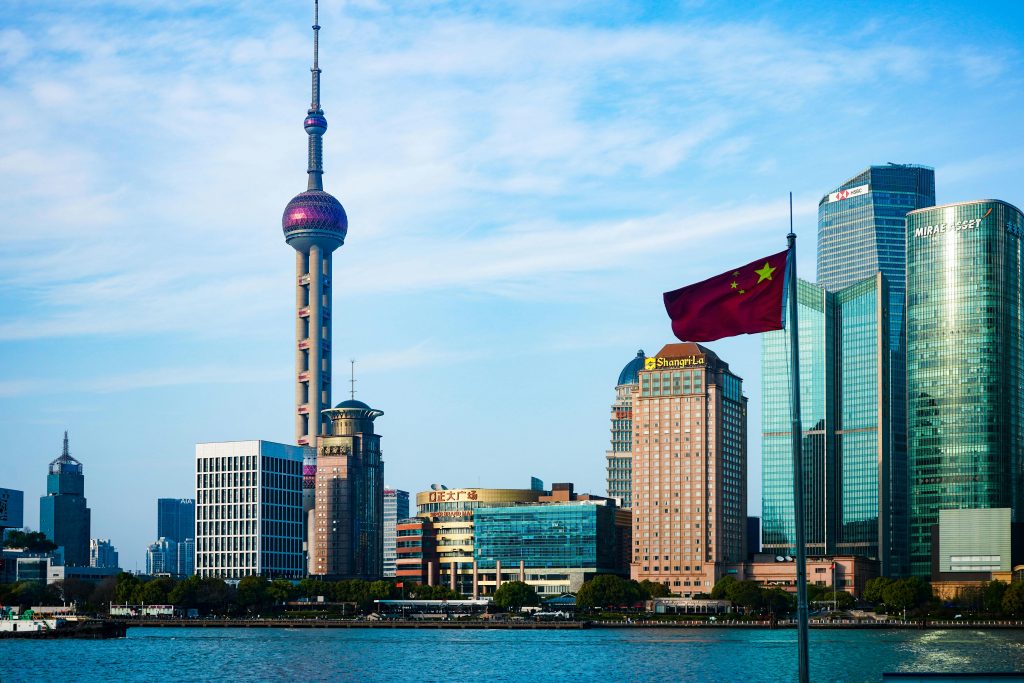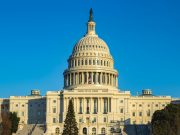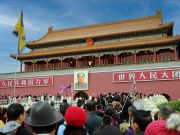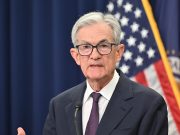
(Singapore, 14.11.2025)China entered the final stretch of 2025 on shaky economic footing, as new data showed the country’s growth momentum weakening across nearly every major sector. A rare and steep decline in investment, coupled with softer factory output and lacklustre consumer spending, has put fresh pressure on Beijing to steady the world’s second-largest economy amid global uncertainties and an evolving trade landscape.
Official figures released on Friday painted a picture of an economy struggling to regain traction. Fixed-asset investment — one of China’s most closely watched indicators of confidence and future growth — fell 1.7% in the first ten months of the year. This marks the worst performance for the period since comparable records began, underscoring just how cautious businesses have become.
Economists say the investment slump deepened sharply in October, with estimates suggesting a double-digit monthly drop. Weak capital spending was broad-based: infrastructure outlays barely grew, manufacturing investment slowed, and property investment continued its steady slide — a sign that the once-mighty real estate sector remains caught in a prolonged downturn.
At the same time, industrial production — normally a steady pillar of China’s growth — increased only 4.9% in October from a year earlier. That marks the slowest pace since August 2024 and fell short of market expectations. The soft reading comes on the heels of an unexpected drop in exports earlier in the autumn, deepening worries that China may be more exposed to weakening global demand than officials anticipated.
“The growth momentum clearly dissipated in October,” said one economist, noting that government efforts to tackle excess capacity in industries such as manufacturing and renewables may have had the unintended effect of cooling investment pipelines.
Financial markets took the disappointing data in stride. The yuan and government bonds were little changed, while major stock indices softened slightly after recent gains.
Consumers Still Cautious
China has been counting on its vast domestic market to offset external challenges, especially as trade tensions with the United States remain a persistent source of uncertainty. But the latest data shows households remain reluctant to spend.
Retail sales grew only 2.9% in October — the weakest expansion in more than a year and the fifth consecutive month of slowing growth. Although China’s long Singles’ Day shopping season added a small boost, analysts say consumer sentiment remains noticeably weaker compared with previous years. Even deep discounts offered by major e-commerce platforms failed to lure shoppers in the same way they once did.
Some of the drag can be traced to fading fiscal incentives. The government’s trade-in subsidy scheme, which helped lift big-ticket purchases earlier in the year, has been phased out, contributing to a surprise dip in car sales. The fourth quarter is typically strong for vehicle purchases, but October’s decline suggests households are more cautious about committing to large expenses.
Unemployment figures offered only limited comfort. The surveyed urban unemployment rate edged down to 5.1%, but economists note that job security concerns are still weighing on spending decisions.
An Economy Under Pressure
The National Bureau of Statistics acknowledged the difficult environment, pointing to “multiple unstable and uncertain factors” abroad and growing structural pressures at home. China’s economy is in the midst of a significant transition: policymakers are trying to reduce the country’s reliance on exports and heavy industry, boost household consumption, and address long-standing issues such as local government debt and excess capacity.
These goals are politically sensitive and financially costly. They also require time — something officials may feel increasingly short on, as monthly data continues to disappoint.
Borrowing demand has shown little sign of recovery, with both new loans and overall credit growth coming in below expectations. Even China’s newly launched 500-billion-yuan policy financing tool, designed to channel money into key investment projects, has yet to spark meaningful momentum.
“The government’s stimulus measures have been slow to feed into the economy,” said one analyst, though she noted that in the months ahead, funding distribution could start to show results.
For now, Beijing appears reluctant to launch another major stimulus package. A trillion-yuan injection announced since late September is already on its way to local governments, and officials have signaled they are hesitant to loosen monetary policy further.
Part of that caution stems from the belief that China can still meet its full-year growth target of around 5%. Analysts say the country only needs growth of roughly 4.5% to 4.6% in the fourth quarter to get there — a bar that remains achievable even without a new wave of support measures.
Trade War Shadows and Future Challenges
October’s downturn coincided with renewed tensions in the US-China trade relationship, though a late-month agreement between President Donald Trump and President Xi Jinping to lower tariffs could help stabilize exports in the coming months. For now, however, the damage from earlier front-loading and shifting supply chains is still being felt.
Economists caution that even if export pressures ease, China’s domestic challenges — weak confidence, falling home prices, and structural imbalances — will continue to weigh on growth. New home prices, for instance, recorded their fastest monthly drop in a year, adding to worries about household wealth and spending power.
With the country preparing its next five-year plan beginning in 2026, many analysts believe more fundamental reforms will be unavoidable. These include strengthening the social safety net, adjusting income distribution, and reducing the economy’s deep reliance on infrastructure-led growth.
For now, the message from policymakers seems clear: any major new stimulus will likely be saved for next year. And unless confidence improves meaningfully, China may continue to navigate a slower, more complicated phase of its economic journey.





































